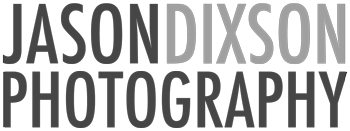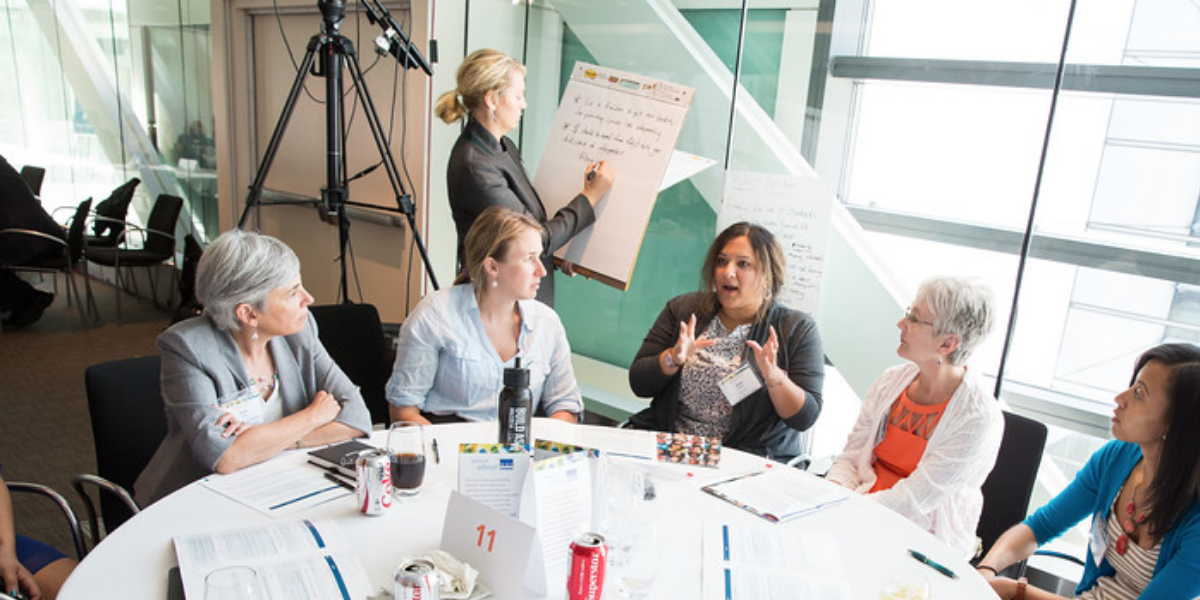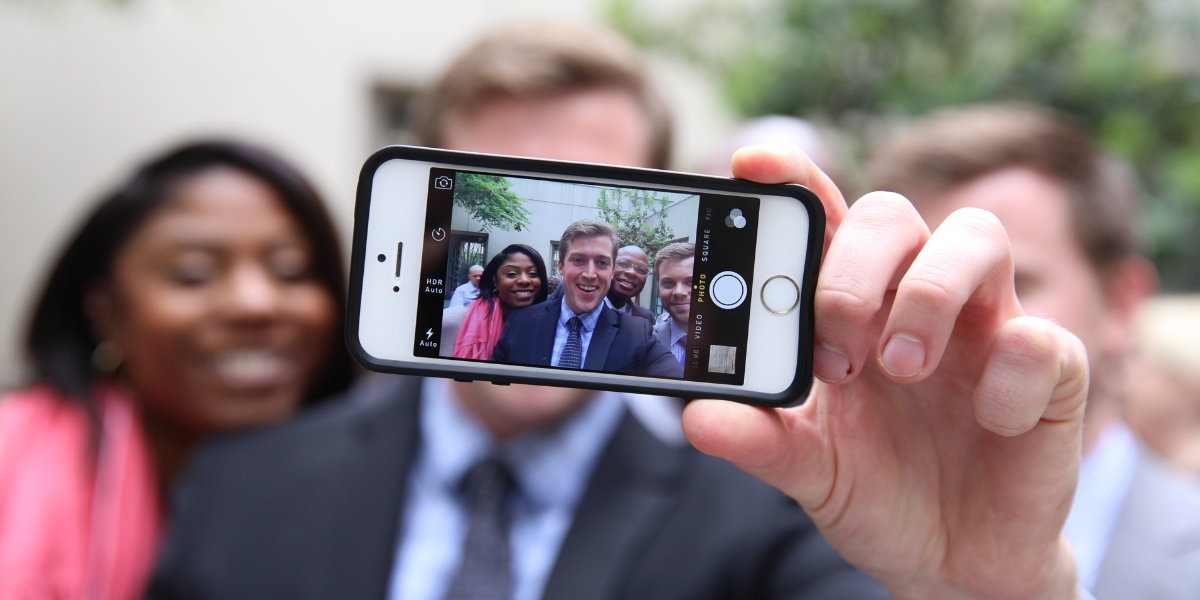
You have an important event coming up. You’ve been planning for months. Hundreds, maybe thousands will be in attendance. With so much going on, photography seems simple. You have the same person doing the job each year—or, you send out an RFP on LinkedIn, and bring in a freelancer to cover the event. The photographer gets you the photos within a couple of weeks. You post a few on Flickr, and use the best shots for your latest marketing brochure.
The thing is, you could be getting much more value out the images. When I enter a room to take photos, there’s any number of possible shots. There’s the authoritative gesture that signifies leadership; there’s the wide-eyed smiles of colleagues as they laugh and share stories; there’s the reflective-look of a board member considering an organization’s plan of action for the coming year.
Each shot carries its own potential. It can be the face of a new branding campaign. It can perfectly complement that blog post you’ll want to write. It can communicate to prospective attendees that can’t-miss-quality your event delivers.
And it doesn’t stop there. When planning your photographer’s schedule, absolutely consider how you can leverage the event for future content, but what about during the event?
Is your photographer giving you images in real-time to execute on your social media strategy? Successful communicators say, you must show, not tell. That great quote in your CEO’s remarks during the opening general session, are you posting it on Twitter with a complimentary photo?
An image is what you make of it. So here are three ways to make the most of it:
1. Have A Plan
Segment the event into two categories: during, and after. For during, consider how you will make outsiders into insiders. First, think about your target audience. Say, the media, potential customers or industry influencers. What social media platforms are they on? Whether it’s Facebook, Twitter or Instagram, have a content plan before you start the event and tell your photographer what you need and when.
Ok, so now let’s think about after. Stock photos no longer work. People can tell that Banana-Republic-looking-model isn’t a real-life executive. What photos do you need to compliment your editorial, media and marketing strategies?
2. Technology Can Help
Did you know your photographer could connect a phone to their camera, via built-in WiFi? Harness this feature by having your photographer send photos in real-time. In a world where information spreads in 140 characters or less, and attention spans are even shorter, don’t miss your opportunity to communicate your organization’s most exciting moment to the outside world.
3. Have The Right Systems
Now we’re ready to execute. We have a plan. Technology is helping us work creatively and powerfully. Have you considered how you’re storing the photos, and the process for retrieving them? This is where creating a system of categorization and tagging really helps. Categorize and tag the photos in a searchable database that allows you get the images you want, when you want them. Images are a valuable asset. Good systems allow you to stockpile images and retrieve them efficiently.
Bottom line. Smart organizations thrive in this new media environment by equipping themselves with the tools to tell great stories. Your photographer matters. The images matter. Make each opportunity count.
Want to chat about your next event? Send me an email. Take a look at my portfolio here.

































































































































































































